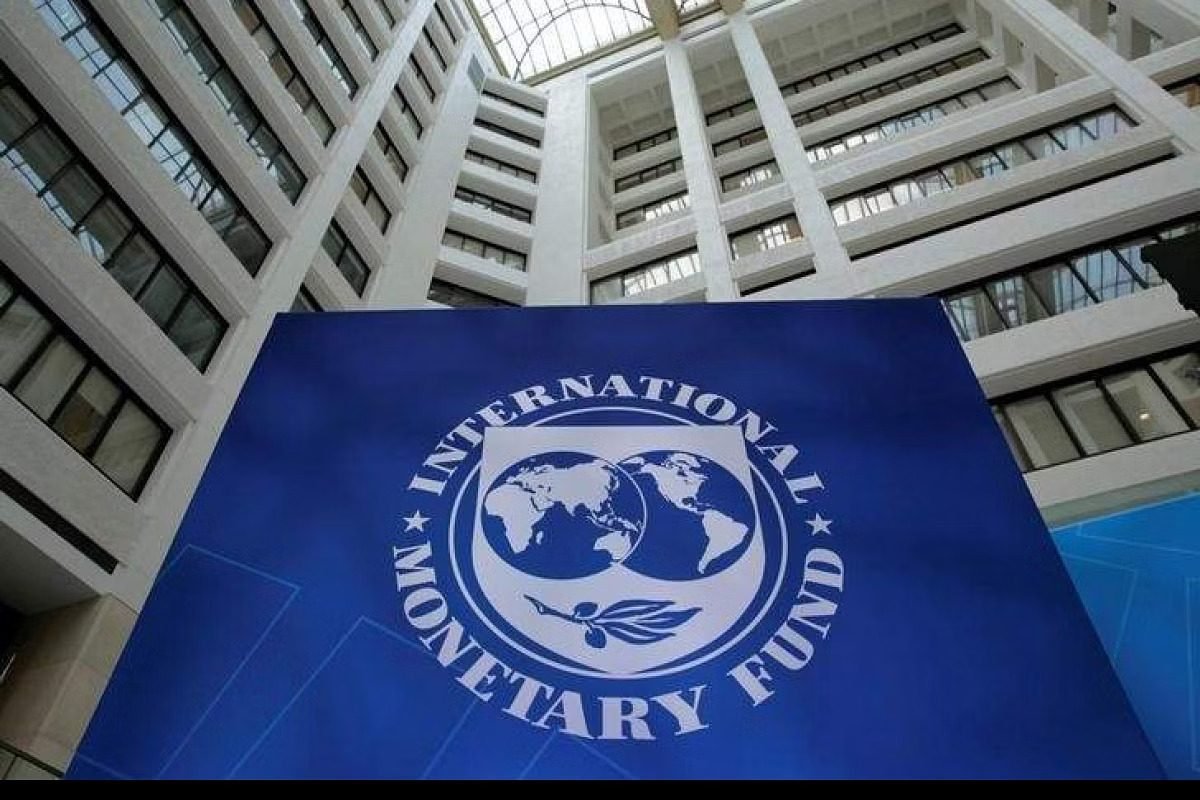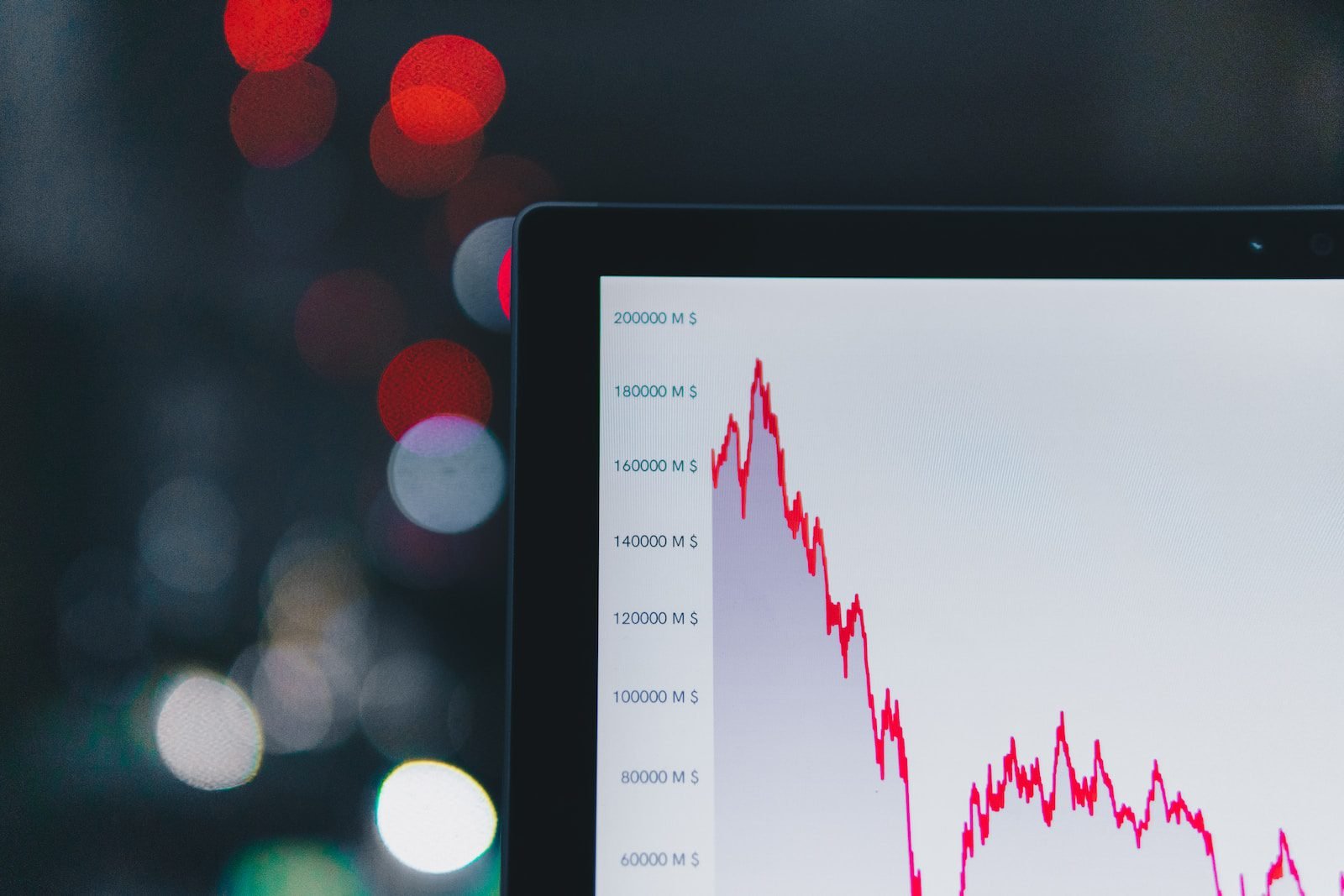October 20. 2023
New Delhi, India
International Monetary Fund(IMF)
The International Monetary Fund (IMF) has released its latest Regional Economic Outlook report, projecting that India and China will jointly contribute to nearly half of the world’s economic growth in 2023 and 2024. Here’s a breakdown of what this means for the global economy.
India’s Economic Surge
India’s economic engine is roaring ahead with an expected growth rate of 6.3% in both fiscal years 2024 and 2025. This remarkable growth, the fastest among major economies, can be attributed to strong domestic demand and substantial investment inflows. Notably, India’s economy grew by 7.8% in the first quarter of fiscal year 2024, a significant boost driven by “strong” private demand.
China’s Economic Role
China, a global economic powerhouse, is set to expand by 5% in 2023 and 4.2% in 2024, though slightly lower than earlier estimates. Despite this moderation, China’s economic performance remains influential on the world stage.
Asia-Pacific’s Economic Outlook
The Asia-Pacific region continues to shine as the “most dynamic” in 2023, with growth expected to rise from 3.9% in 2022 to 4.6%. However, the IMF predicts a slowdown in growth in the medium term, with expectations of 4.2% growth in 2024 and 3.9% in the future. Factors such as China’s structural adjustments and weaker productivity growth in other economies are contributing to this anticipated slowdown.
Inflation Trends
IMF highlights inflation rate in India, and countries like Maldives, and Vietnam have seen only slight increases compared to the pre-pandemic period. For India, the IMF projects Consumer Price Index (CPI) inflation to average 5.5% in fiscal year 2024 and 4.6% in fiscal year 2025. These projections are slightly higher than the Reserve Bank of India’s estimates.
Global Economic Growth
The IMF also provides a global perspective, estimating global economic growth at 3% in 2023 and 2.9% in 2024, indicating a moderate pace of worldwide economic recovery.
Medium-Term Growth
The IMF anticipates a moderate pace of growth in the Asia-Pacific region for the medium term, with growth expected to moderate further to 3.9%. This moderation is attributed to factors such as China’s structural changes and weaker productivity growth in the region, reflecting the global trend of de-risking.
In conclusion, the IMF’s report underscores the critical role India and China play in shaping the global economic landscape. While both nations are poised for robust growth in the short term, the Asia-Pacific region’s long-term outlook points to potential challenges. Nonetheless, the IMF remains cautiously optimistic about the world’s economic trajectory, emphasizing the need for vigilance and adaptation in the face of global economic shifts.




